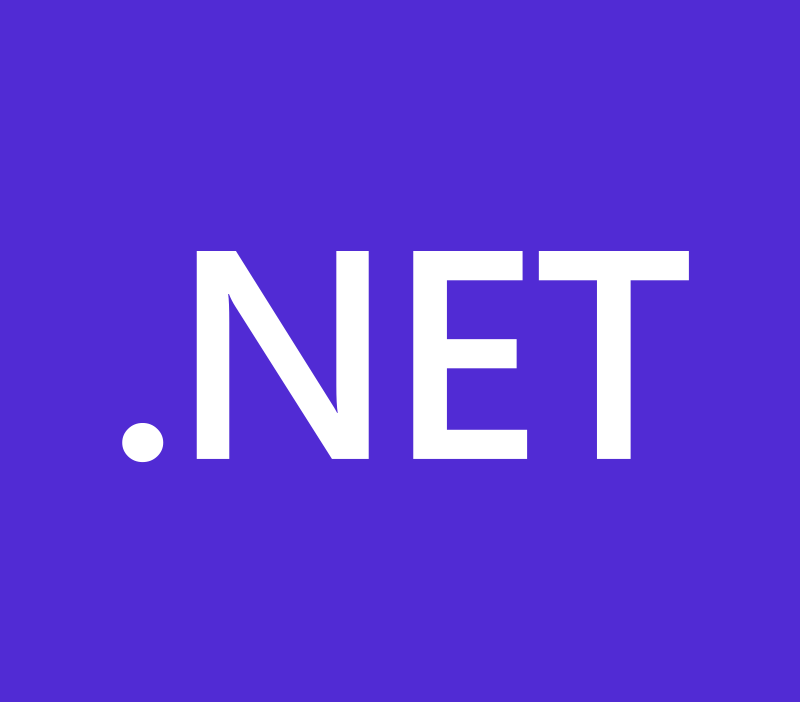
In today’s digital age, web applications have become an essential part of our lives, powering various online services and platforms. If you’re looking to develop a web application using the .NET framework, you’re in the right place. .NET, developed by Microsoft, provides a powerful and versatile platform for building dynamic and robust web applications. In this article, we will delve into the best practices and steps to successfully develop a web application in .NET.
Table of Content
1. Introduction to .NET Web Application Development
.NET is a widely used framework that offers a comprehensive ecosystem for developing web applications. It includes libraries, tools, and languages that facilitate various aspects of web development, making it a preferred choice among developers.
2. Choosing the Right .NET Framework
The first step in developing a .NET web application is selecting the appropriate framework. You can choose between ASP.NET Web Forms, ASP.NET MVC, and ASP.NET Core, each catering to different project requirements.
3. Planning Your Web Application
Before writing a single line of code, careful planning is essential. Define the purpose, features, and user flow of your application. This step helps prevent scope creep and ensures a smoother development process.
4. Setting Up the Development Environment
Installing the required tools and software is crucial. Visual Studio is the go-to IDE for .NET development, offering a rich set of features that simplify coding, debugging, and testing.
5. Designing the User Interface (UI)
A well-designed UI enhances user experience. Use HTML, CSS, and client-side frameworks like Bootstrap to create an attractive and responsive interface that adapts to various devices.
6. Implementing Back-End Functionality
This step involves writing the server-side code that drives your application. Utilize C# to create logic that handles user interactions, processes data, and communicates with the database.
7. Database Integration
Choose a suitable database system like SQL Server or MySQL to store and manage your application’s data. Entity Framework simplifies database operations by providing an object-relational mapping (ORM) approach.
8. Testing Your Web Application
To find and address any flaws or problems, thoroughly test your application.. Automated unit testing ensures code reliability and reduces the chances of unexpected errors.
9. Optimizing Performance
Optimize your application’s performance by employing caching mechanisms, minimizing database queries, and optimizing code for faster execution.
10. Security Measures
Implement security best practices to safeguard your application against vulnerabilities. Use authentication and authorization mechanisms, input validation, and encryption techniques to protect user data.
11. Deployment Strategies
Choose a deployment strategy based on your application’s requirements. You can opt for traditional web hosting, cloud services like Azure or AWS, or containerization with Docker.
12. Continuous Monitoring and Updates
After deployment, actively monitor your application’s performance and user feedback. Regularly release updates to introduce new features, improve security, and fix bugs.
13. User Experience Enhancement
Listen to user feedback and continuously enhance the user experience. Implement intuitive navigation, responsive design, and interactive elements to keep users engaged.
14. Staying Up-to-Date with .NET
The technology landscape evolves rapidly. Stay informed about the latest .NET advancements, updates, and best practices to ensure your application remains modern and competitive.
15. Conclusion
Developing a web application in .NET is an exciting journey that requires careful planning, thoughtful design, skillful coding, and ongoing improvement. By following these best practices, you can create a robust, user-friendly, and secure web application that meets the needs of your target audience.
Frequently Asked Questions
-
Is .NET suitable for small-scale web applications?
Absolutely! .NET offers various frameworks that cater to projects of all sizes, making it suitable for small-scale as well as large-scale web applications.
-
Can I use languages other than C# for .NET development?
Yes, you can use F#, Visual Basic, and other .NET-compatible languages for web application development.
-
What is the advantage of using ASP.NET Core over other frameworks?
ASP.NET Core is cross-platform and open-source, offering better performance and flexibility compared to its counterparts.
-
How do I handle security updates for my deployed application?
Regularly update your application’s dependencies, frameworks, and libraries. Follow security blogs and subscribe to relevant newsletters to stay informed about security patches.
-
Where can I learn more about advanced .NET topics?
You can explore online tutorials, forums, documentation, and online courses to delve into advanced .NET concepts and practices.




